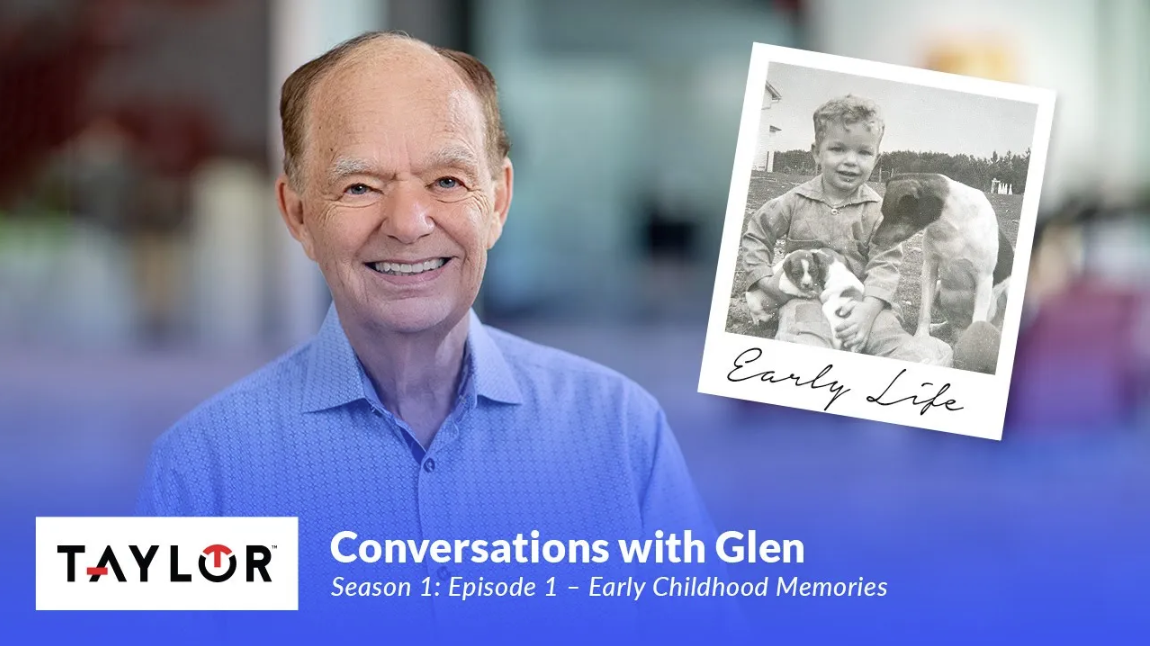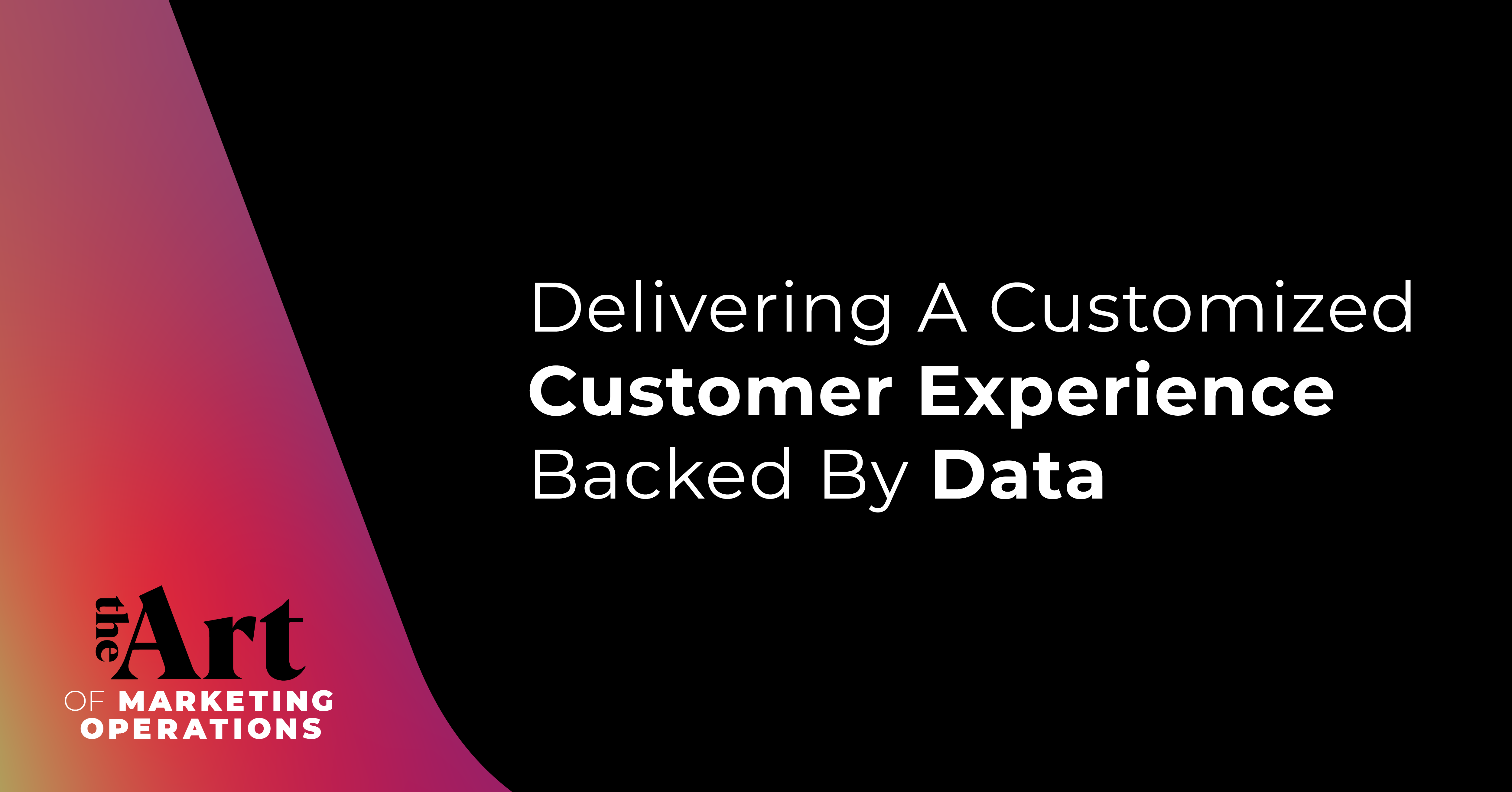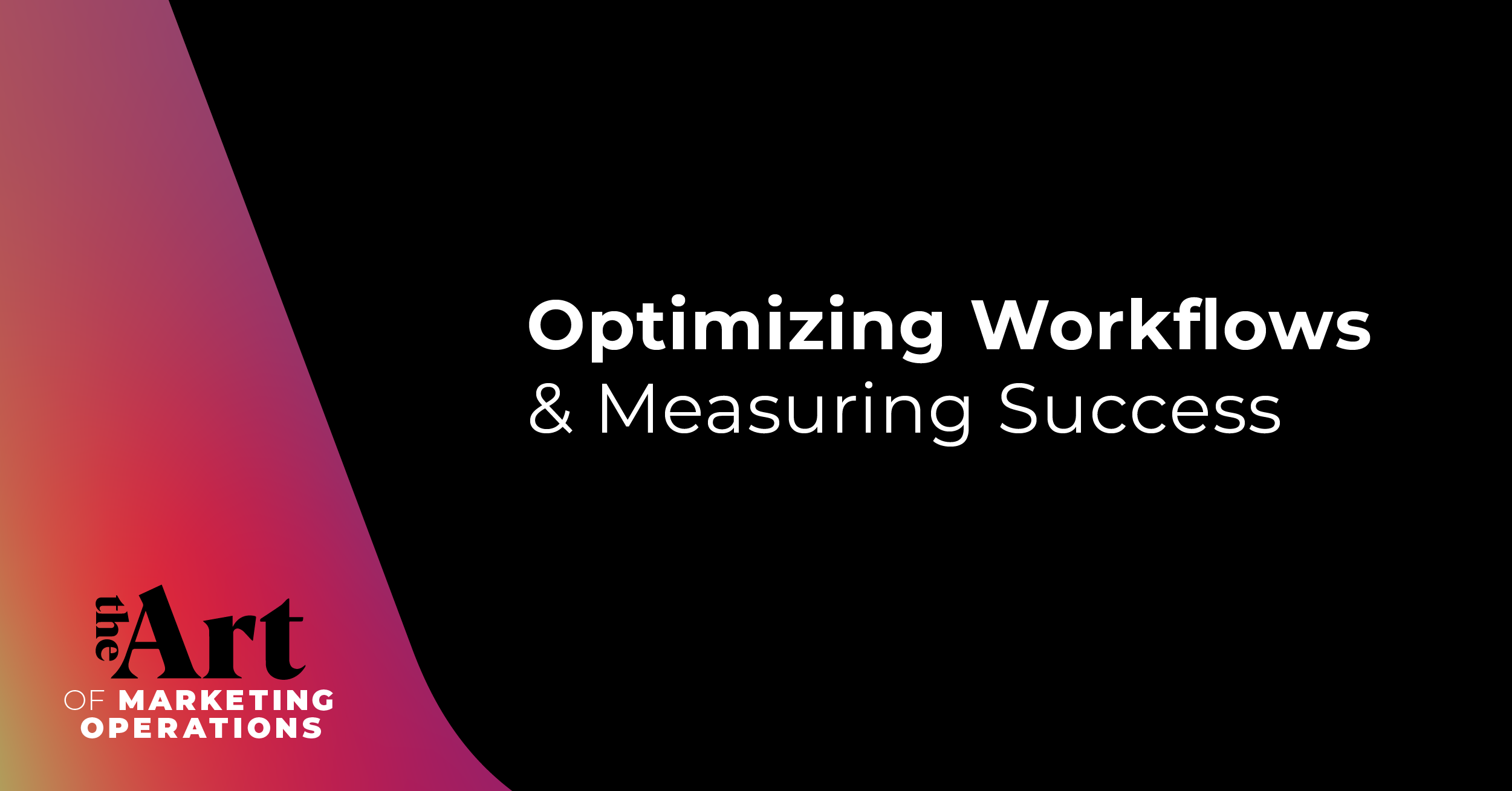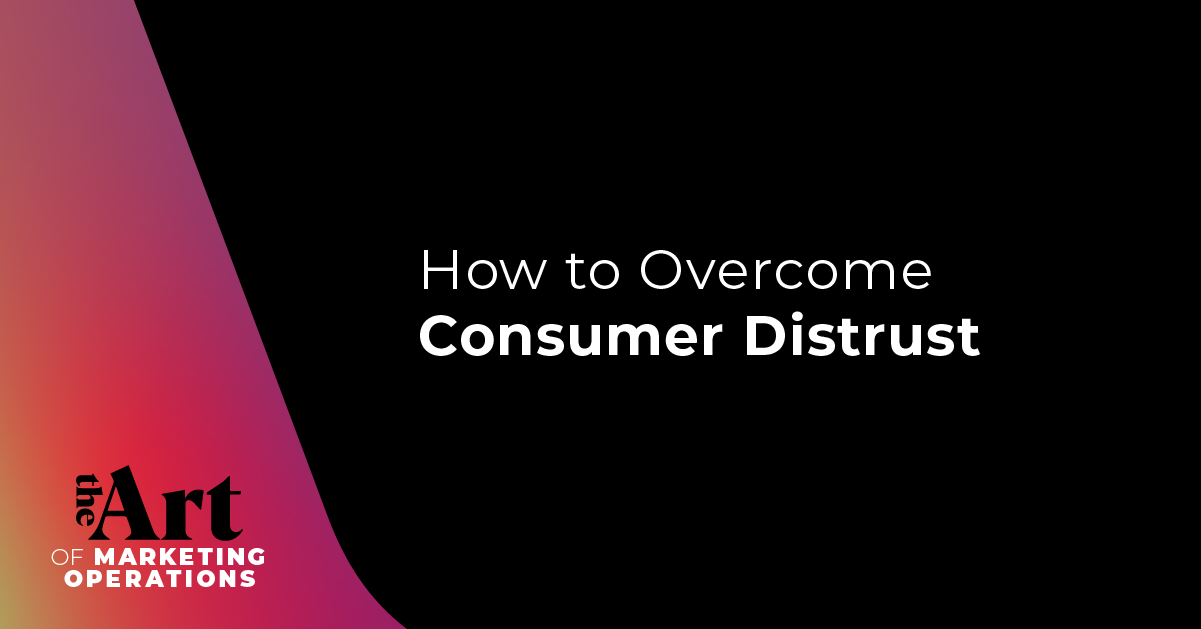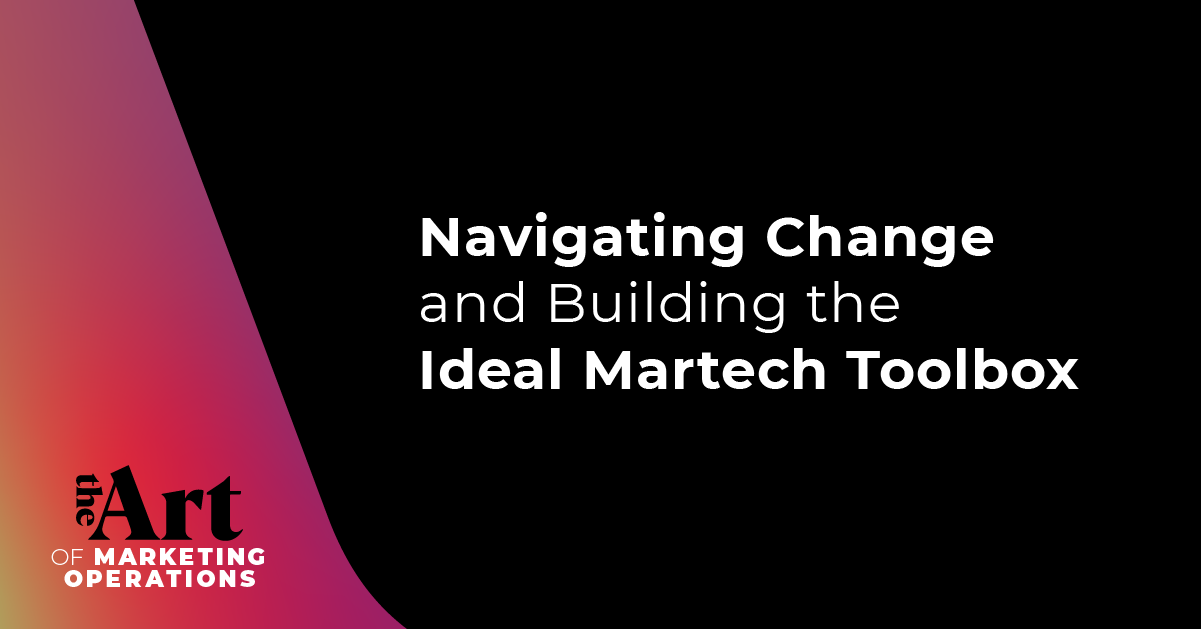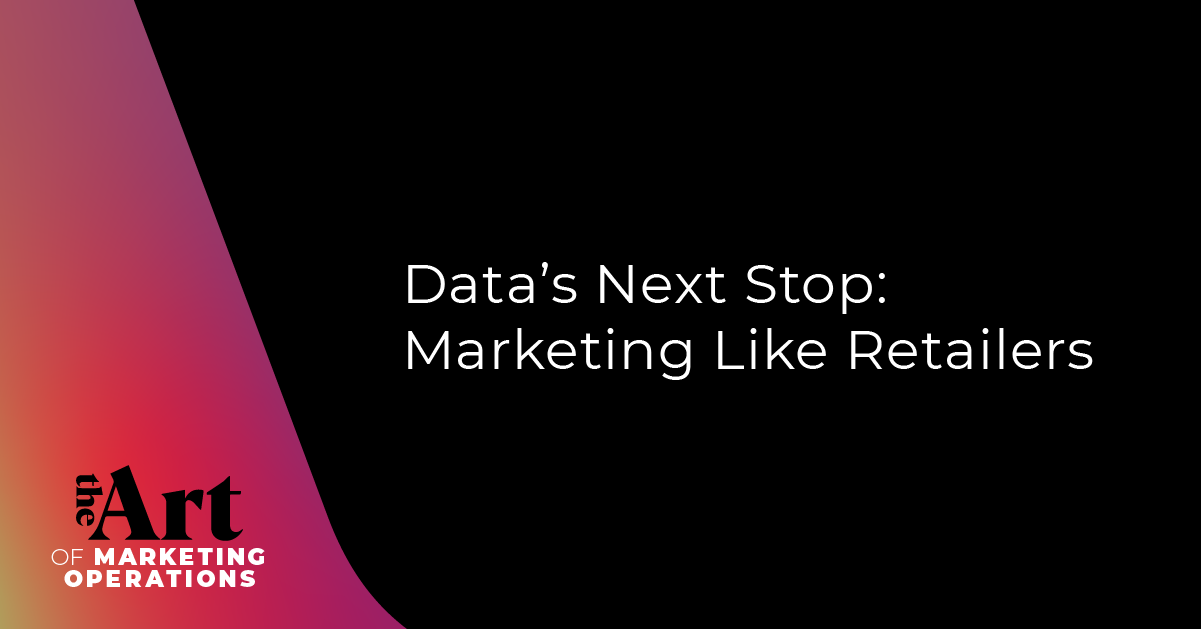There is no shortage of opinions on building reliable systems. But when does it make sense to rebuild versus improve?
A lot of thought goes into creating a comprehensive structure for juggling multiple customer types—and not to mention filtering the “noisy data” of different use cases.
This episode, I interviewed Brandon Goldstein, Senior Manager, Marketing Operations at Evolve Vacation Rental, about the difference between improving or building processes, CDPs, and day-to-day aspects of working across multiple consumer channels.
Join us as we discuss:
- Building new vs improved processes
- Customer data platforms (CDPs)
- New technologies in marketing operations
Come with us as we unpack Brandon’s insights!
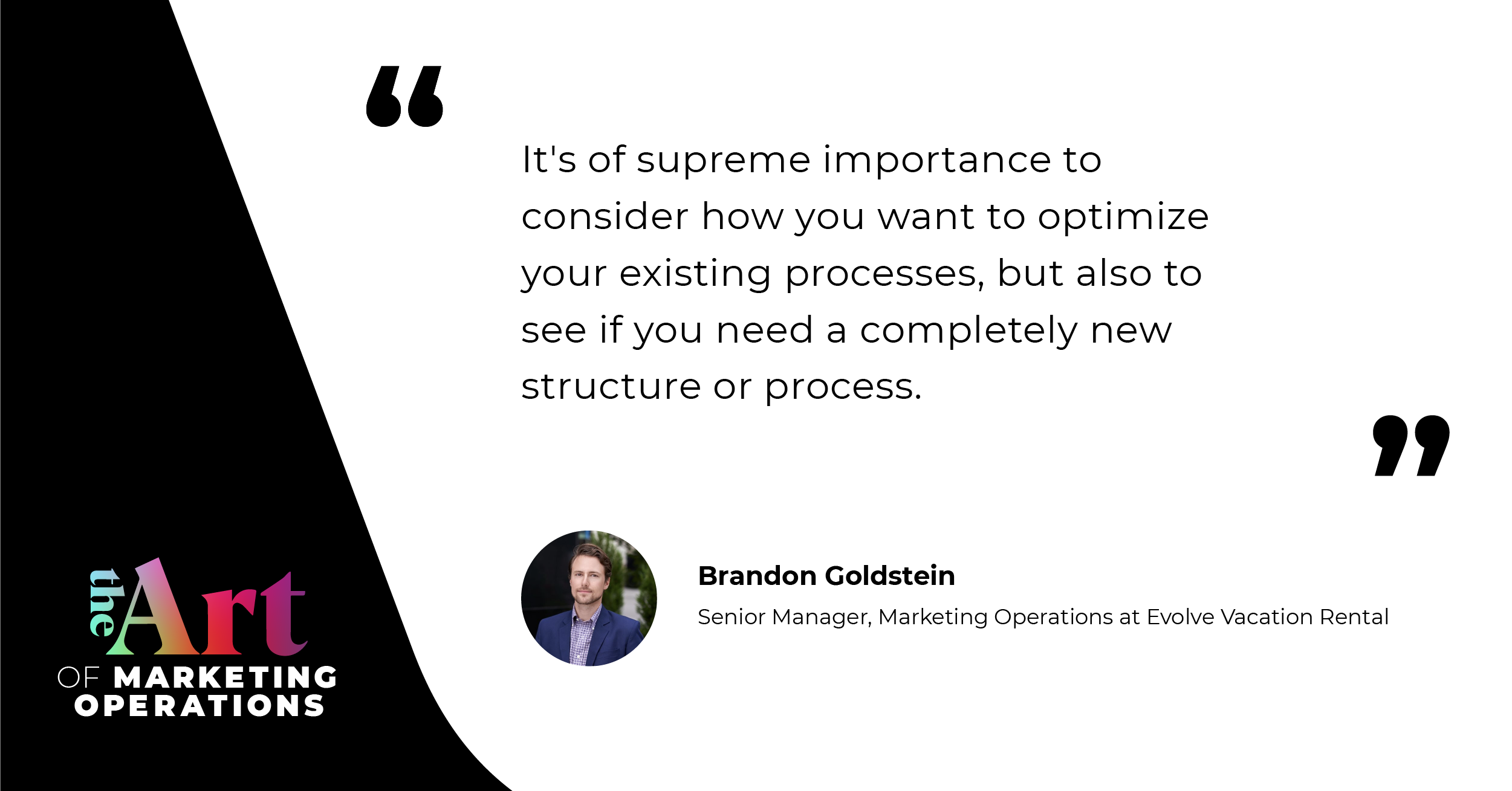
“It's of supreme importance to consider how you want to optimize your existing processes, but also to see if you need a completely new structure or process.” — Brandon Goldstein
Building New vs Improved Processes
More often than not, you’ll have multiple use cases for your product and/or service. For Brandon, that means being precise about how you gather data.
“Take the time, understand where you're trying to get. Doesn't have to be perfect, but set up those building blocks to make sure that you are at least prepared for success and not just winging it,” Brandon advised.
The messages you send to different branches of your clientele can vary by great lengths—what are you using to measure? What building blocks do you have in place?
“We have completely segregated the data in a way that makes sure that we are looking at the guest experience as a completely unique part of our business,” he clarified.
The odds are that guests are looking for a different user workflow than owners, and the way you gather those expectations dictates how you sell, communicate, and show yourself to them.
“Segmentation is a really powerful tool. It's not all that complicated. But it does require some early decisions to be made,” said Brandon.
Those decisions are what create the foundation of your systems.
“You are going to want to segment your audiences into categories that really allow you to treat them as different individuals, as slightly different aspects of the same sales model,” he continued.
Brandon’s been around the block a few times with data management and knows a trick or two to keep things organized.
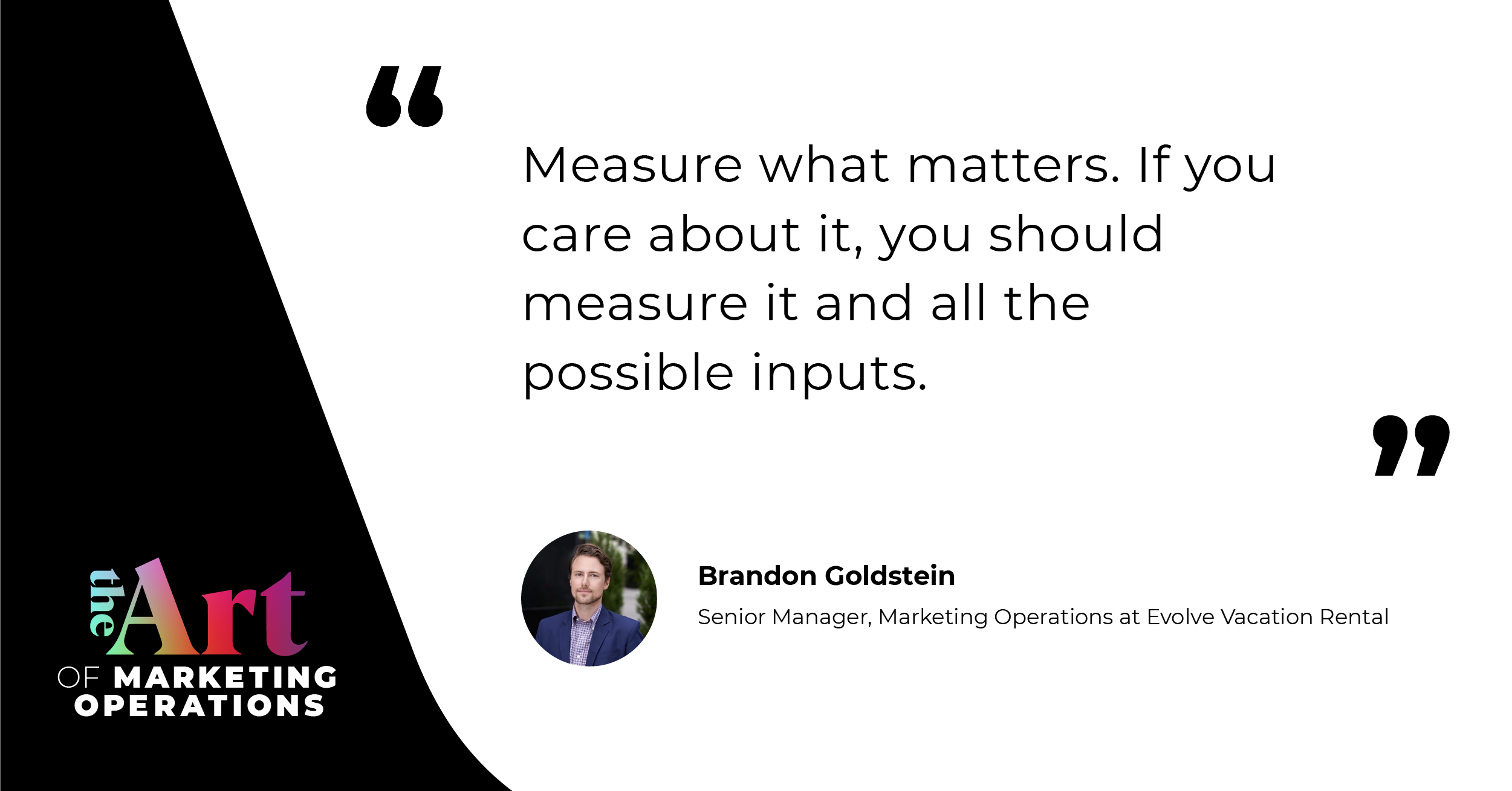
“Measure what matters. If you care about it, you should measure it and all the possible inputs.” — Brandon Goldstein
Customer Data Platforms (CDPs) & Dealing w/ Noisy Data
CDPs are on the rise. They hail a new age of more personalized messaging and service.
“The automated actions that you can drive from a CDP stacked on your CRM and tied in with your email platform—they're the kind that companies really need to start unlocking,” Brandon explained.
But with all that data comes the issue of quantity over quality. What do you need to be tracking, and what do you do about “noisy data?”
According to Brandon, it’s a matter of storing all data in well-structured systems—no matter how obscure it seems—to leverage in potential initiatives down the road:
1 - Don’t discard them
Yesterday's meaningless data could be tomorrow's valuable insight.
2 - Hold onto demographic points
Even if it’s not critical to the current campaigns, keep track of it. You never know when it might become helpful.
3 - Don’t discount additional engagement points
Those seemingly random bits of data may be just the thing you need in the next initiative to drive engagement.
Yesterday's data can help build tomorrow’s outreach. Don’t let noise clutter your dashboards, but keep it in easy reach—trends hit fast!
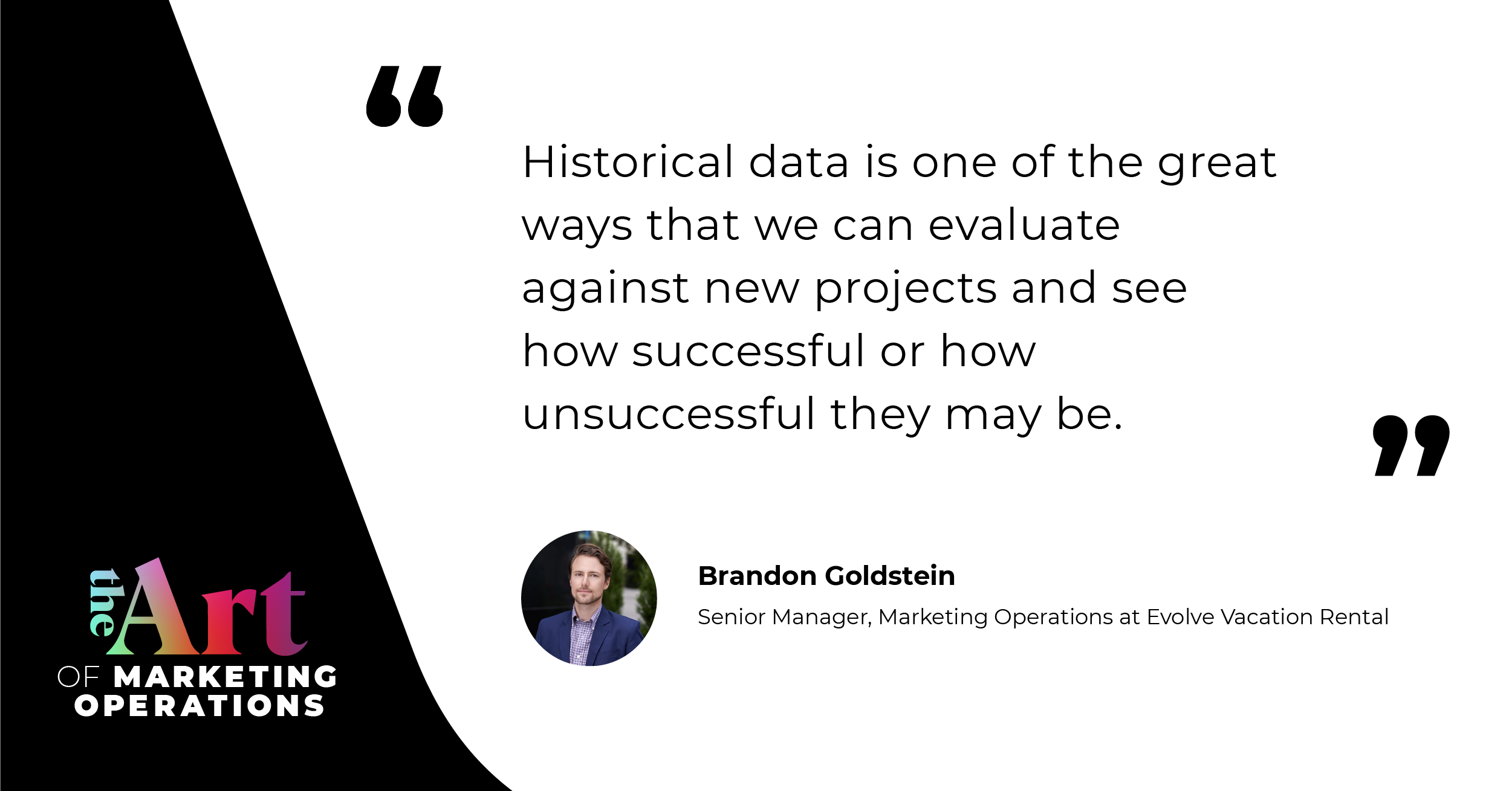
“Historical data is one of the great ways that we can evaluate against new projects and see how successful or how unsuccessful they may be.”— Brandon Goldstein
New Technologies in Marketing Operations
The amount of new tech hitting the market is enough to cause mental fatigue.
Brandon has a few key players on his mind that he shared with us:
- Third-party cookie deprecation
- Cappy, Facebooks conversion API
- Customer data platforms
You’ve probably heard reports and whisperings around the tech space about third party cookie depreciation—this one has been in the works for a while.
“Google has kicked the can down the road a couple of times already. It may kick the deadline out again, I would not be terribly surprised. However, there is this general move with online companies. Firefox and Safari have already done away with their cookies.” Brandon explained.
Privacy is more and more of a priority across the internet. What does that mean for data gathering?
“Even though we have 70ish percent of the overall online consumer base, still “cookie-ed” giving us information, that's not going to last forever,” he continued.
That’s where tools like Facebook’s conversion API, Cappy, slides onto the scene.
“That is one product that I think is really worthwhile to invest some time upgrading to, it's a way to fight against some of the recent changes that we've been seeing with third party cookie loss in general, but also with iOS 14, where we now have lost an even larger portion of the consumer base, because they now have to opt in to data collection.” Brandon elaborated, also clarifying that it makes sense for the internet to go this way regarding privacy.
Cappy can help smooth over some of those growing pains and could pair with the oh-so-relevant emergence of CDPs we touched on earlier.
Even with the upcoming shifts in how data is collected, the main parameter stays the same—create a solid foundation through analysis and build the different branches from there based on user types and customer expectations.



